How to Transform Your Visuals with AI 3D Rendering Techniques
In recent years, the use of AI 3D rendering techniques has revolutionized the way visuals are created across various industries, from architecture to product design. According to a report by MarketsandMarkets, the 3D rendering market is projected to grow from $1.1 billion in 2020 to $3.5 billion by 2025, at a compound annual growth rate (CAGR) of 25.4%. This rapid growth underscores the increasing demand for high-quality, photorealistic visuals that can enhance user engagement and improve decision-making processes.
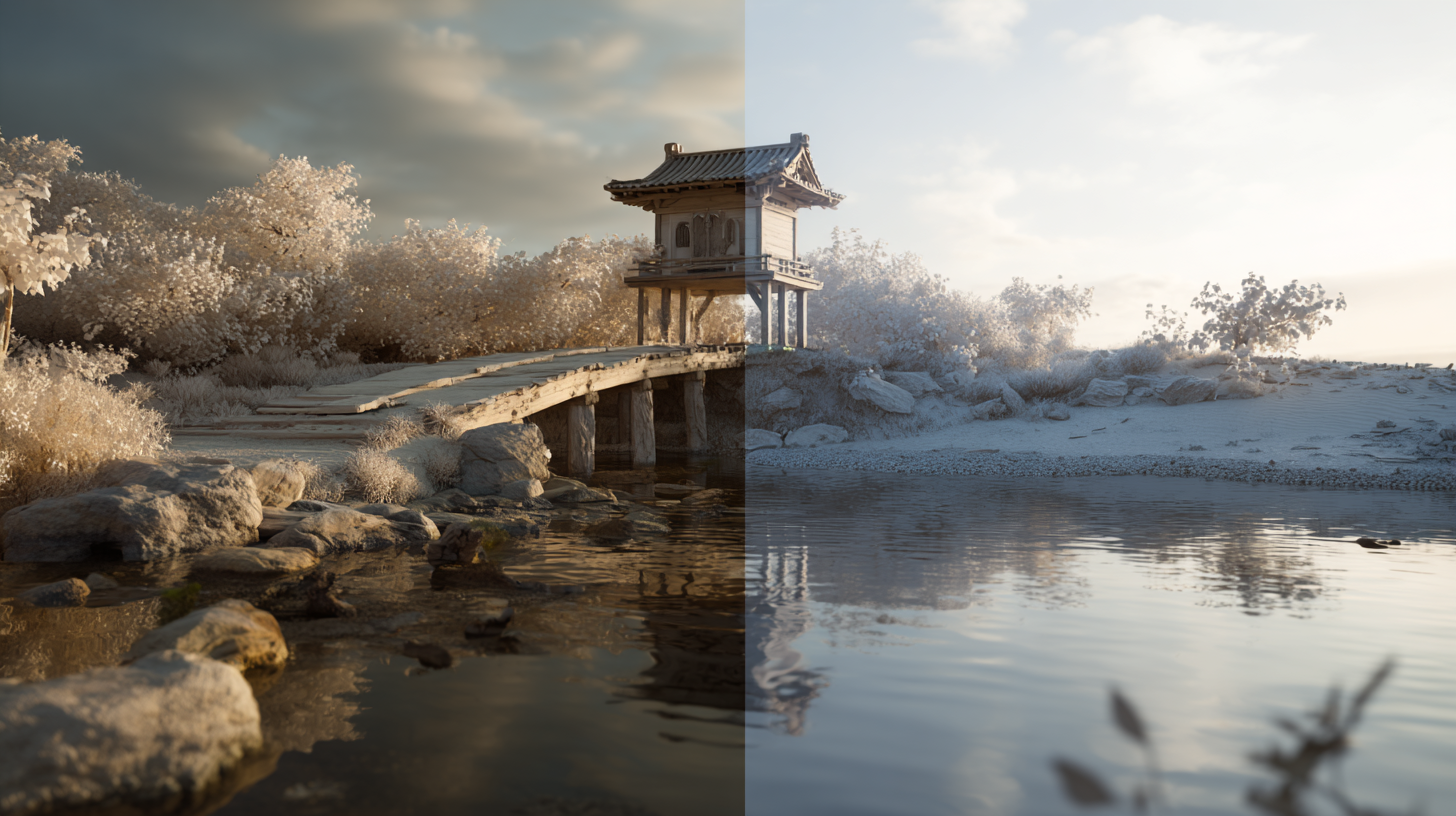
As businesses strive to leverage cutting-edge technology, the integration of AI in 3D rendering allows for more efficient workflows, faster turnaround times, and unprecedented levels of detail. By employing advanced algorithms and machine learning techniques, designers can transform their creative visions into stunning visuals that not only capture attention but also drive innovation in their respective fields.
Understanding the Basics of AI 3D Rendering Techniques
AI 3D rendering techniques are revolutionizing the way we visualize and interact with digital content. These advanced methods allow for precise modeling and visualization across various applications, including product design, animation, and simulation. The integration of AI into 3D rendering not only enhances the quality of visuals but also streamlines workflows, enabling designers and engineers to bring their ideas to life with unprecedented speed and accuracy.
The market for 3D rendering and visualization software is rapidly expanding, influenced significantly by the growing demand in industries such as architecture, engineering, and gaming. The COVID-19 pandemic has further accelerated this trend, as more professionals shift to digital platforms for collaboration and design. With innovative solutions like real-time rendering frameworks, creators are now able to produce immersive environments that can adapt and respond intelligently to user interactions. These advancements mark a significant leap forward in how we can create and manipulate virtual spaces, making the possibilities virtually limitless.
How to Transform Your Visuals with AI 3D Rendering Techniques
| Technique | Description | Advantages | Applications |
|---|---|---|---|
| Ray Tracing | A rendering technique that simulates the way light interacts with objects. | High realism, accurate reflections and shadows. | Architecture, Cinematics, Video Games. |
| Rasterization | Converts 3D models into a 2D image, focusing on speed. | Fast rendering, good for real-time applications. | Video Games, Interactive Media. |
| Photogrammetry | Uses photographs to create a 3D model of a real object. | Realistic textures and details, great for historical artifacts. | Cultural Heritage, Game Development. |
| AI Upscaling | Enhances the quality of images using artificial intelligence. | Improved image quality without losing details. | Film Restoration, Gaming, Art Preservation. |
| Volumetric Rendering | Simulates light scattering within a volume, like fog or smoke. | Creates atmospheric effects, adds depth to scenes. | Movies, VR Experiences, Scientific Simulations. |
Selecting the Right AI Tools for Enhanced Visual Output
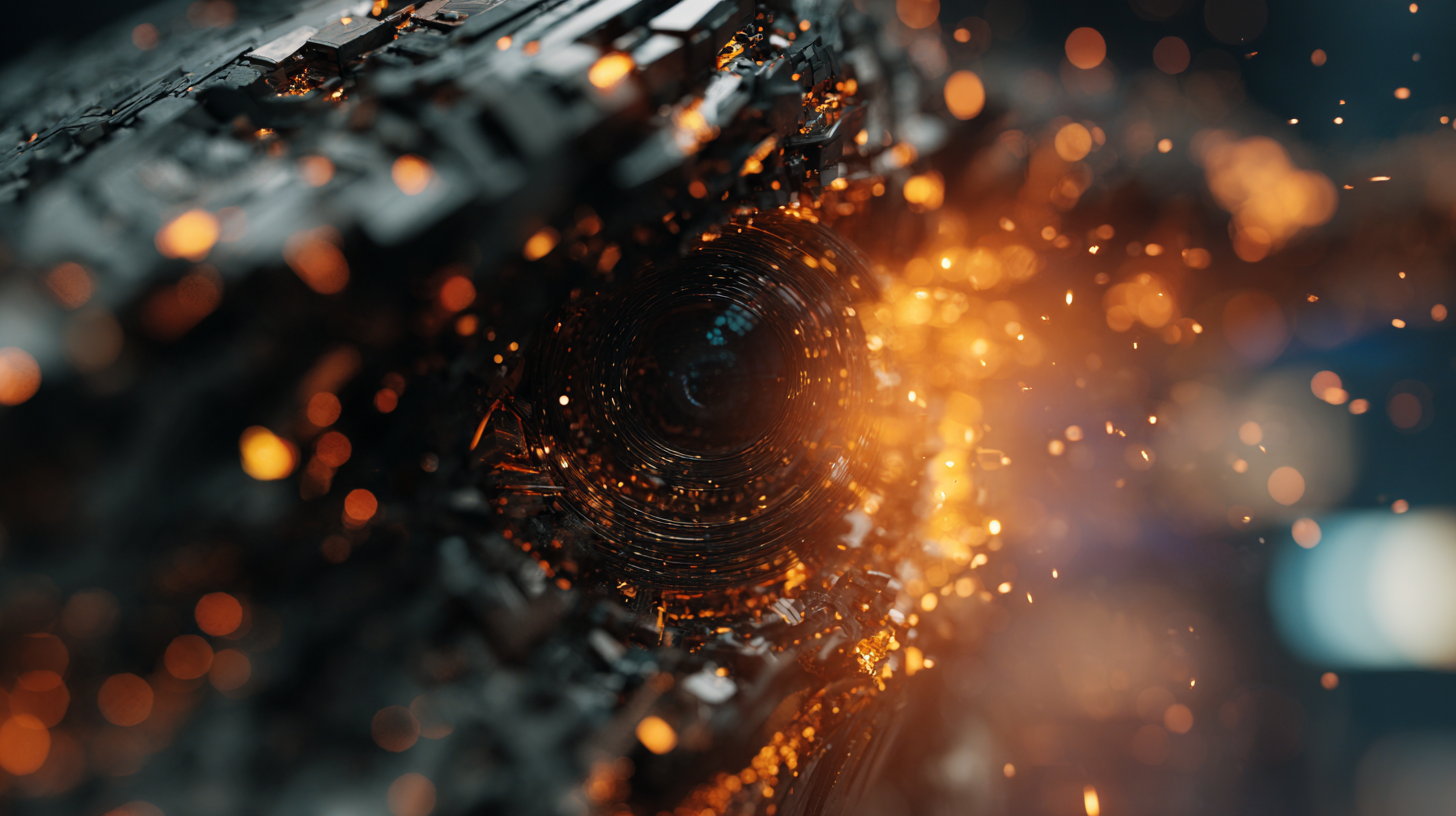 Selecting the right AI tools for enhanced visual output is crucial for transforming your visuals through 3D rendering techniques. According to a report by Gartner, the use of AI in design processes is projected to increase by 30% in the next three years, indicating a significant shift towards technology-driven creative solutions. By leveraging AI tools, designers can produce intricate 3D models and animations more efficiently, allowing for a more dynamic engagement with audiences.
Selecting the right AI tools for enhanced visual output is crucial for transforming your visuals through 3D rendering techniques. According to a report by Gartner, the use of AI in design processes is projected to increase by 30% in the next three years, indicating a significant shift towards technology-driven creative solutions. By leveraging AI tools, designers can produce intricate 3D models and animations more efficiently, allowing for a more dynamic engagement with audiences.
When choosing AI tools, consider your project's specific needs and the tool’s compatibility with existing software. For instance, tools like Blender and Autodesk Maya integrate AI features that streamline workflows and improve rendering speeds. Additionally, a survey from Adobe shows that 75% of designers believe that AI can enhance their creative process, particularly in automating repetitive tasks. This can free up valuable time for artists to focus on high-level conceptualization and storytelling.
Tips for maximizing AI tools include starting with user-friendly software to reduce the learning curve and experimenting with various rendering techniques to find what best suits your style. Additionally, staying updated with the latest advancements in AI can provide insights into new features that could improve your visual output, helping maintain a competitive edge in the evolving digital landscape.
Integrating AI Rendering into Your Existing Design Workflow
Integrating AI rendering into your existing design workflow can significantly enhance the quality and efficiency of your visual outputs. By adopting AI-driven tools, designers can automate time-consuming tasks such as model generation and texture application, allowing them to focus more on the creative aspects of their work. These tools leverage advanced algorithms to analyze design parameters and produce high-quality 3D renders that are both realistic and visually appealing. As a result, the integration process streamlines workflows without compromising artistic integrity.
To effectively incorporate AI rendering into your design process, it's essential to choose the right tools that align with your specific needs. Look for software that offers seamless integration with your current design platforms, enabling a smooth transition. Additionally, training your team on how to utilize these AI tools effectively will ensure that everyone can maximize their potential. Regularly iterating on projects by leveraging AI insights will not only foster innovation but will also help in producing stunning visuals that resonate with clients and stakeholders alike.
Impact of AI Rendering Techniques on Design Workflow Efficiency
This chart illustrates the increase in efficiency as design teams adopt AI 3D rendering techniques. The data represents the average time (in hours) taken to complete design projects over the last five years.
Optimizing Your Visuals for Different Platforms and Contexts
In today’s digital landscape, optimizing visuals for various platforms is crucial for capturing audience attention and engagement. According to a report from the Content Marketing Institute, posts with visuals receive 94% more views and are shared 150% more than text-only posts. This statistic underscores the importance of using high-quality imagery and graphics tailored to each platform's specifications and audience preferences.
AI 3D rendering techniques offer an innovative way to enhance visual content for different contexts. For instance, on social media platforms such as Instagram and TikTok, where dynamic and eye-catching content can drive engagement, leveraging AI-generated 3D models can create immersive experiences. Research from the Digital Marketing Institute suggests that interactive content can generate 2 to 3 times more conversions than static content. By integrating AI rendering techniques, businesses can produce tailored visuals that not only attract but also retain user interest, ultimately leading to increased conversion rates and brand loyalty.
Showcasing the Impact of AI in Real-World 3D Projects
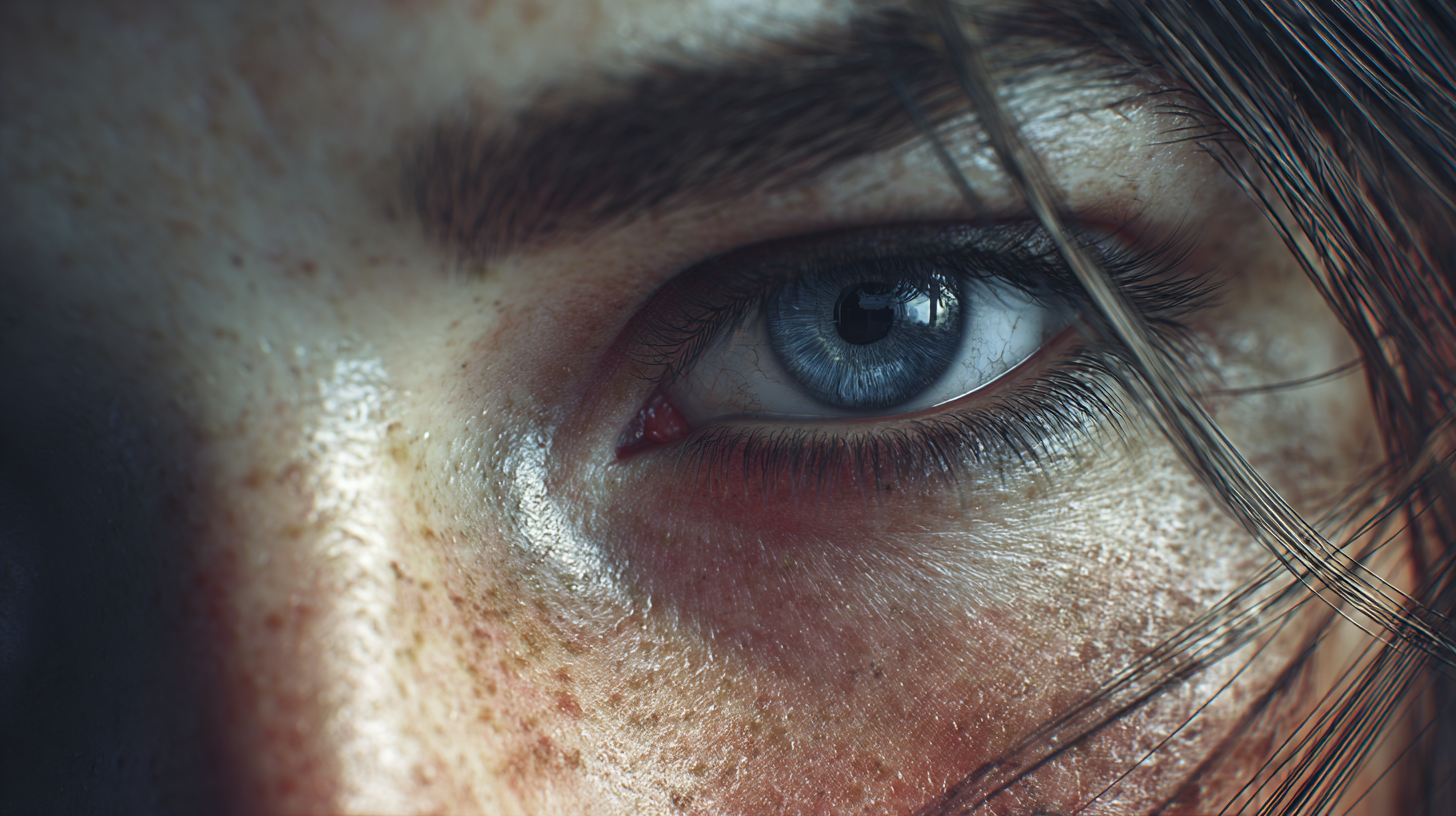 The integration of AI in 3D rendering techniques is revolutionizing how we approach real-world projects, significantly enhancing visual quality and efficiency. In the realm of virtual environments, this technology facilitates quicker render times and more precise simulations, allowing designers and architects to visualize their ideas with unprecedented clarity. As AI algorithms become increasingly sophisticated, they also analyze and adapt designs in response to real-world parameters, creating a seamless bridge between the digital and physical worlds.
The integration of AI in 3D rendering techniques is revolutionizing how we approach real-world projects, significantly enhancing visual quality and efficiency. In the realm of virtual environments, this technology facilitates quicker render times and more precise simulations, allowing designers and architects to visualize their ideas with unprecedented clarity. As AI algorithms become increasingly sophisticated, they also analyze and adapt designs in response to real-world parameters, creating a seamless bridge between the digital and physical worlds.
Tips: To leverage AI effectively in your 3D projects, consider utilizing AI-driven software that automates certain rendering processes. This not only saves time but also enhances creativity by allowing you to focus on innovative designs. Furthermore, experiment with machine learning models that can predict changes in environmental conditions, ensuring that your 3D models remain relevant and functional in real-world applications.
Moreover, the synergy between AI and robotics is propelling breakthroughs in automation and precision. As robots gain the capability to interpret and maneuver through AI-generated 3D environments, we can expect a transformative shift in industries such as manufacturing and construction. This evolution significantly enhances efficiency and safety by minimizing human error and optimizing workflows in complex tasks.
Related Posts
-
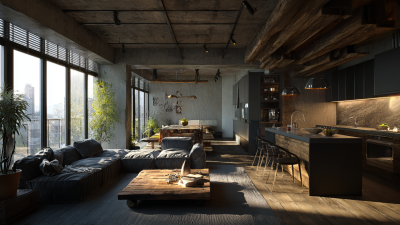
10 Essential Tips to Elevate Your 3D Rendering Skills in the Digital Age
-

Comparing Top 3D House Rendering Services: Which One Delivers the Best Results?
-

Mastering 3D Rendering: Your Ultimate Guide to Achieving the Best Visuals
-
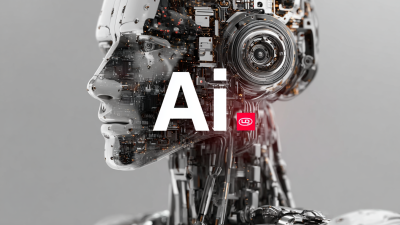
Unlocking the Power of Best AI 3D Rendering: What Makes It Stand Out?
-
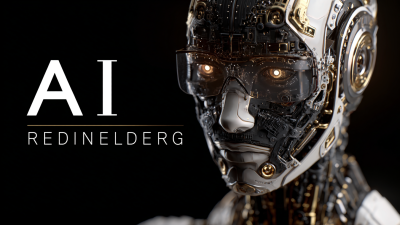
The Ultimate Guide to Mastering Best AI 3D Rendering Techniques for Stunning Visuals
-
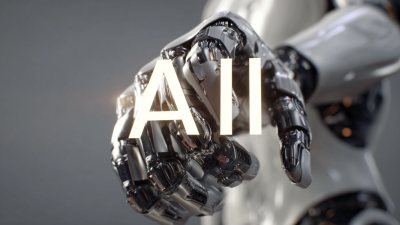
Understanding the Best Ai 3d Rendering Techniques and Their Impact on Modern Design


